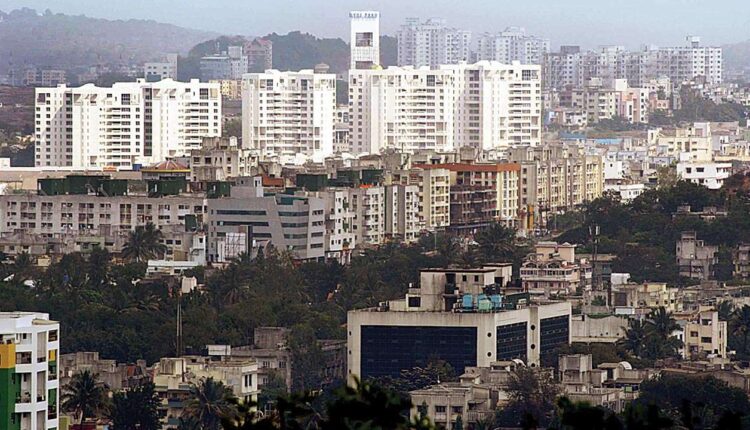Even three years after the campaign ended, the reports of the Cloud Aerosol Interaction and Precipitation Enhancement Experiment (CAIPEEX) conducted over Solapur are yet to be complete and may take some more months before it is made public.
Pune-based Indian Institute of Tropical Meteorology (IITM), operating under the Ministry of Earth Sciences (MoES), led a three-year cloud observational campaign over the Solapur region. Observations were carried out for 120 days using aircraft-based observations and a special C-band doppler radar. The observations generated through the campaign is estimated to be 100 to 200 terabytes, which the scientists have been analysing since then.
During the consecutive drought years of 2014 and 2015, the Maharashtra state government resorted to using cloud seeding facilities from a private agency to generate artificial rain over Marathwada, infamous for remaining parched mostly throughout the year. The effort was costly for the state government with very little success.
It was then that the MoES entrusted its scientists at IITM to study cloud conditions, carry out campaigns and come up with recommendations to address future drought situations using cloud seeding techniques.
“The scientists are currently preparing reports and finalising them. The report will be submitted to MoES. Once approval is granted, it will be released to the public. We are some months away from submission,” said Ravi Nanjundaih, director, IITM.
On the observations, CAIPEEX project director Thara Prabhakaran said, “We are following all criteria laid down by the World Meteorological Organization (WMO). It is a complex process to analyse and draw inferences. It is based on this scientific report that governments will decide whether or not to conduct cloud seeding experiments to generate artificial rain over a region.”

Since 2018, IITM has been involved in developing a test-bed facility in Bhopal in partnership with Sagar University, Madhya Pradesh. This one-of-its-kind facility in the tropical belt will be used to study atmospheric systems and monsoon clouds intercepting the central India region — the monsoon core belt. However, it is still in the installation phase, informed Nanjundaih. “Some basic instrumentation and C-band radar installation are complete. We are still in the procurement of equipment for the site,” he said.
The ongoing Covid-19 pandemic is another reason for the delay in making the Bhopal test bed operational. Some of the installations planned last year and during April-May this year were affected due to lockdown restrictions.
– Stay updated with the latest Pune news. Follow Express Pune on Twitter here and on Facebook here. You can also join our Express Pune Telegram channel here.


